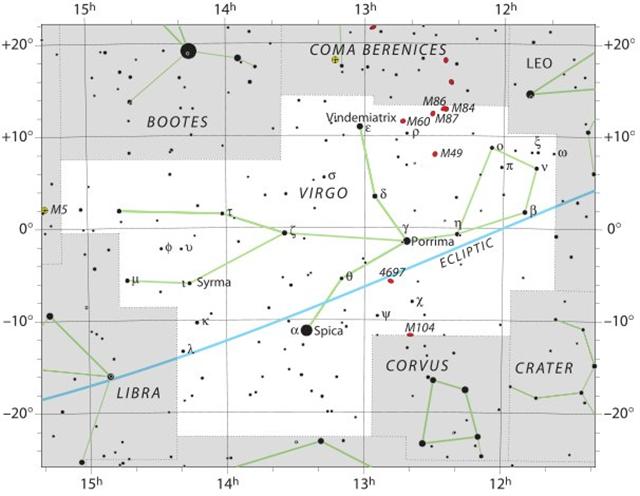It is a hardwon insight to realize that there is meaning not only in the glyph types as such but also in the details of their designs. The details are neither arbitrary nor some whimsical idiosyncracies. Just as in the creations of Mother Nature. Take for example the 'sagging face' of Sun in Cb7-26:
The 'sagging face' Sign is a characteristic of the Old Sun, at the end of his rule. At the beginning of his journey across the sky his face is small and round, then his face grows, at the same time enlongating upwards (another Sign which probably means growth). But towards the end his face appears to be defeated by the force of gravity. He is pushed down. These Signs I discovered early without understanding them. I was studying a structure in the text of Tahua and trying to figure out if it described the daytime part of the diurnal cycle or the summer part of the year:
If this is a description of the first half of the diurnal cycle (with night arriving at Aa1-37), then it surely also could be the structure for the summer (the daytime of the year). It could be both. The pair of Sun faces at the beginning of line Cb8 are not sagging. Instead they are standing tall and beautiful:
This glyph type certainly depicts the Sun. When Metoro said hetu erua (two stars) he knew our sun was 'a kind of star'. Sometimes he said hetu, sometimes he said ahi (fire), and sometimes raa (sun). Possibly Metoro here used he-tu because we can see from his face that Sun is still striving upwards.
The standing Sun face then appears to evolve further - or rather to change drastically - in the following days:
The twice 6 'flames' of Sun in his hetuu form are followed by what could be 4 'flames' of Sun down in the water (vai). He (the king, te ariki) 'lives in the water' (te vai noho). Already in Cb8-8 (where 8 * 8 means 64) Metoro commented e ha mata (4 eyes). The pattern 6 + 4 = 10 is also what can be perceive in the Tahua text above. Sun evidently had 10 months, 6 when he was hot and fierce followed by 4 months in rain. There seems to have been 10 periods of daylight (according to Tahua), but there were 2 faces for the Moon in the night, and therefor there ought to have been 20 half-periods of moonlight. The first 4 of them could be special ('Bacabs') and we can guess Cb8-8 'carries' 4 + 4 and Cb8-17 another 4 + 4. Only half the moon crescents (the 'flames') could be visible (and maybe illustrating the phase of growth). I think the meaning of these C glyphs (together with Metoros' words) also incorporates the information that Sun has passed from the northern hemisphere down into the southern (toga) part.
The ecliptic path of Sun was crossing the celestial equator close to 12h and for those living south of the equator Sun had arrived. North of the equator Leo (the Lion King) was finished and in Mother Nature the Raven (Corvus) would have taken command. | ||||||||||||||||||||||||||||||||||||||||||||||||||||||||||||||||||||||||||||||||||||||||||||||||||||||||||||||||||||||||||||||||||||||||||||||||||||||||




















